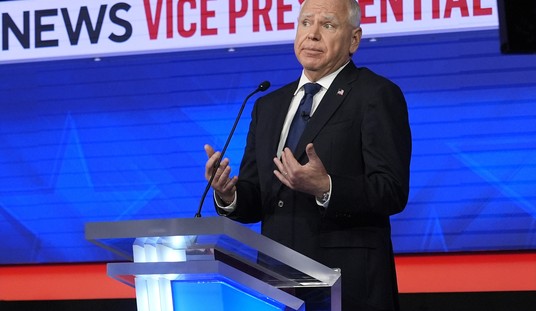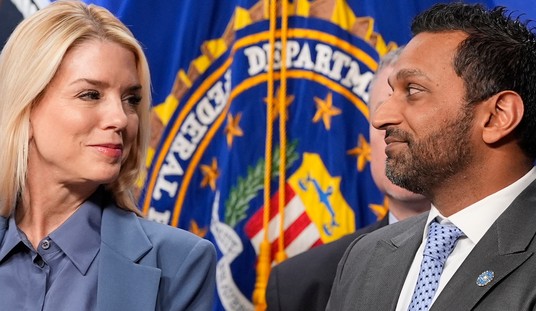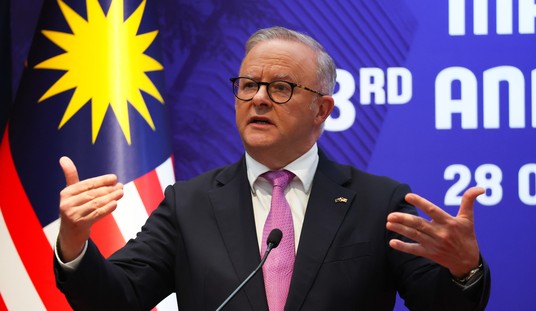President Donald Trump has appointed Joe Gebbia, co-founder of Airbnb, as the nation's first Chief Design Officer with a mandate to transform federal government websites into an "Apple Store-like experience."
The appointment comes through an executive order signed August 21, 2025, titled "Improving Our Nation Through Better Design," which establishes the "America by Design" initiative to overhaul how Americans interact with government services online.
New Federal Design Structure
The executive order creates three key components to modernize federal digital services:
Chief Design Officer: Gebbia will report directly to the White House Chief of Staff and recruit top creative talent from the private sector to serve in government roles.
America by Design Initiative: A national program to update government design language to be "both usable and beautiful," according to the White House fact sheet.
National Design Studio: A White House-based organization that will coordinate standardized design across federal agencies and reduce duplicative design costs.
"That means it's beautifully designed, has great user experience, and it runs on modern software — three strikes when it comes to dealing with today's government," Gebbia told Axios in describing his vision for federal websites.
Scale of Federal Website Problems
Research reveals the scope of dysfunction across federal digital services. A 2022 study by the Information Technology and Innovation Foundation found that 92 percent of the most popular federal government websites fail to meet basic standards for security, speed, mobile friendliness, or accessibility.
The federal government operates approximately 26,000 websites, many of which remain outdated and non-mobile optimized. According to the White House, less than 20 percent of federal websites currently use code from the United States Web Design System, contributing to inconsistent user experiences across government services.
Federal website performance data shows concerning gaps in basic functionality. Performance.gov data indicates significant room for improvement across security, accessibility, and mobile compatibility metrics, despite handling over a billion pageviews from millions of Americans.
Studies consistently show that poor user experiences across federal websites impact public trust and service delivery. A MeasuringU analysis of federal websites found scores ranging from the 41st percentile for IRS.gov to the 96th percentile for the National Park Service website.
Research indicates that unclear website functionality significantly impacts user satisfaction. The statement "It was clear to me what I would be able to use the website to accomplish" explained 18 percent of the variance in user experience scores, with USA.gov and IRS websites receiving the lowest ratings for clarity of purpose.
A Booz Allen Hamilton survey found that 61 percent of respondents consider using federal websites "more of a hassle" than dealing with private sector entities, though federal sites scored higher on security measures.
Gebbia's Background and Qualifications
Gebbia brings extensive experience in scaling digital platforms to government service. As an Airbnb co-founder, he helped transform vacation rental booking from classified advertisements into a streamlined digital experience used by millions globally.
The 44-year-old entrepreneur studied at the Rhode Island School of Design and previously served on Tesla's board. Since February, he has worked with the Department of Government Efficiency (DOGE) to modernize federal retirement processing, successfully transitioning from a paper-based system that stored documents in a decommissioned limestone mine in Pennsylvania to digital processing.
"Cabinet members and other officials" approached Gebbia with requests for help, telling him, "clearly, you know how to ship internet products at scale that are beautifully designed," according to his Axios interview.
Implementation Timeline and Requirements
Federal agencies must produce initial design improvements by July 4, 2026 — America's 250th birthday. The executive order directs agencies to prioritize websites and physical locations that "have a major impact on Americans' everyday lives."
The General Services Administration will update the government's Web Design System in consultation with the new Chief Design Officer. Agency heads are also required to comply with the 21st Century Integrated Digital Experience Act, bipartisan legislation Trump signed in 2018 aimed at improving government digital services.
Gebbia emphasized simplicity as core to the redesign effort. "I'm in the camp of: The best part is no part," he told Axios. "The exercise of designers is: You delete unnecessary parts."
The approach mirrors Apple's retail strategy of intuitive navigation and immediate clarity of purpose. Gebbia noted that mobile apps and websites serve as the "front door to the government" for most Americans, making improved interface design critical for public service delivery.
"There's no reason why our government can't be a standard for great design," Gebbia said, positioning the initiative as establishing federal websites as benchmarks rather than exceptions for user experience quality.
Challenges and Implementation Concerns
The initiative faces significant structural challenges. Nextgov reporting notes that while the executive order calls for recruiting design talent, the administration has also reduced federal workforce numbers, potentially limiting implementation capacity.
Previous federal digital modernization efforts have faced substantial obstacles, from technical integration challenges to cultural resistance within government agencies. The three-year timeline for the National Design Studio raises questions about long-term sustainability beyond the current administration.
Federal technology procurement processes, lengthy approval requirements, and security clearance needs for personnel may slow the rapid implementation timeline Gebbia envisions from private sector experience.
Public Impact and Service Delivery
The initiative could significantly impact how Americans access government services, from veteran benefits to small business loan applications. With over half of federal website traffic coming from mobile devices, mobile optimization improvements could enhance service accessibility, particularly in rural areas where mobile represents primary internet access.
Successful implementation would streamline processes currently requiring multiple agency interactions, reduce support costs, and potentially increase public trust in government digital services. The standardized design approach aims to create consistent experiences across the federal government's extensive web presence.
"If you're a designer, if you're a creative in the United States today, this is a moment in time to help reshape the face of our nation," Gebbia said, positioning the effort as a generational opportunity for design professionals to contribute to government modernization.













Join the conversation as a VIP Member